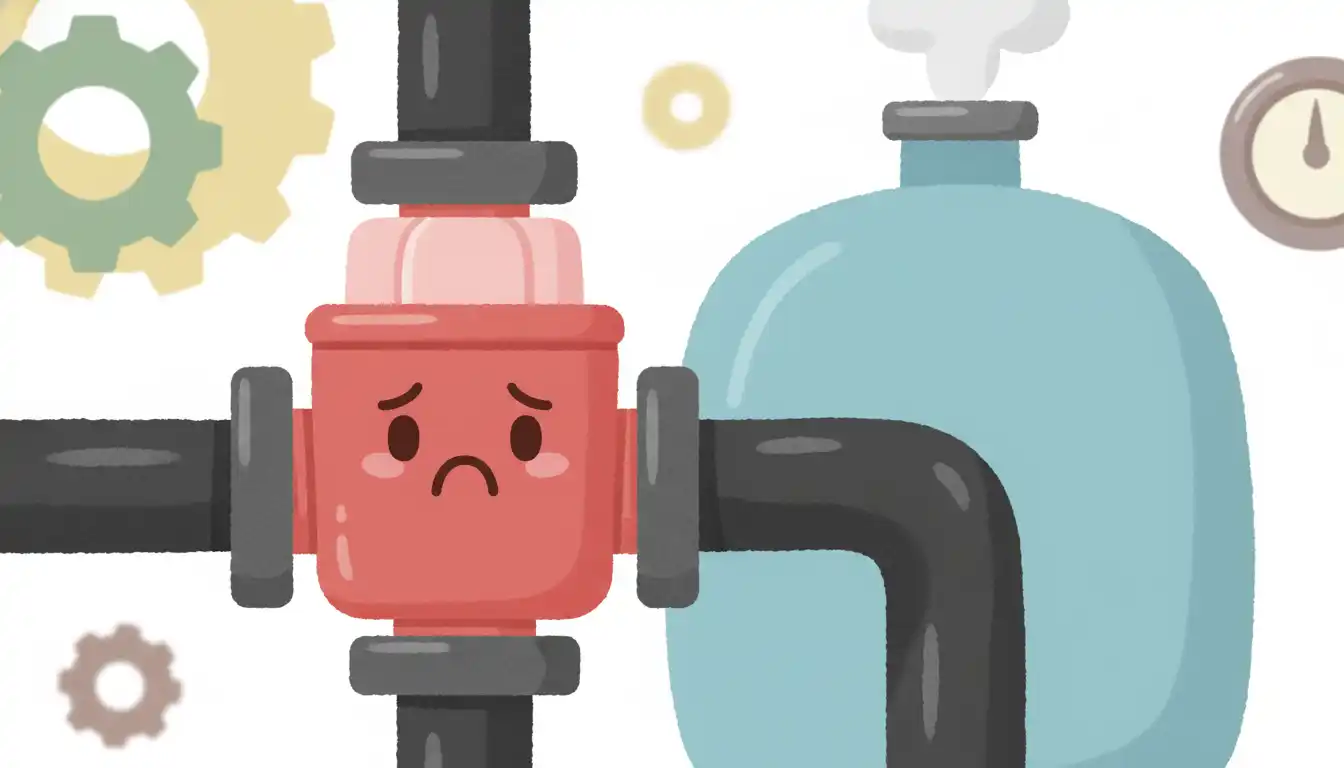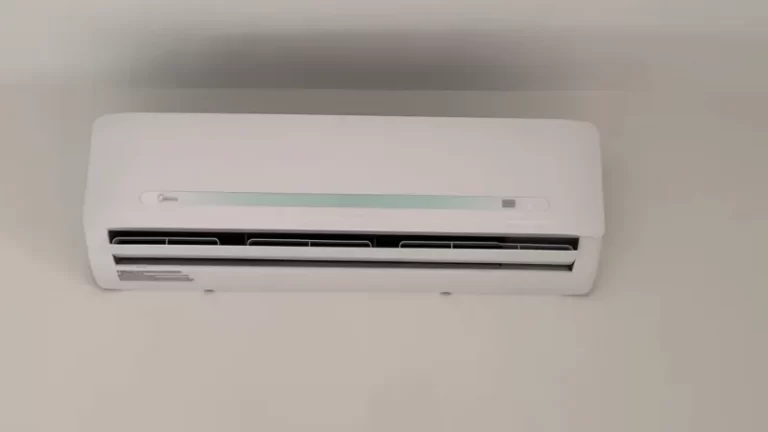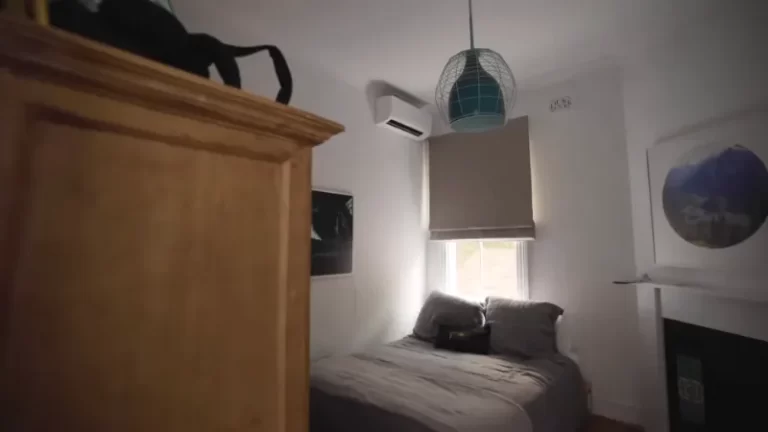Low Water Cut Off Keeps Tripping? Your Boiler May Be in Danger
That persistent clicking sound, followed by an abrupt silence where the comforting hum of your boiler should be, is more than just an annoyance. When your low water cut off keeps tripping, it’s a critical warning sign that your heating system’s primary safety device is working overtime to prevent a catastrophic failure. Ignoring it is not an option, as it could lead to severe boiler damage or worse.
The low water cut off (LWCO) is a non-negotiable safety feature on all steam boilers and many hot water boilers. Its sole purpose is to shut down the burner if the water level inside drops to an unsafe point. This action prevents a “dry fire” situation, where the intense heat from the burners could crack the boiler’s metal, leading to costly repairs or even a dangerous explosion.
You'll Learn About
Why Your Low Water Cut Off Keeps Tripping: The Common Culprits
A tripping LWCO is a symptom, not the root problem. The device itself is simply reacting to a condition it perceives as a low water level. Understanding the potential causes is the first step toward a reliable and safe heating system.
Truly Low Water Levels
The most straightforward reason for an LWCO to trip is that the water level in your boiler is, in fact, too low. This can happen for several reasons, including a leak somewhere in the system (check around radiators and pipes for drips) or a malfunctioning automatic water feeder. Your boiler’s sight glass is your window into the water level; if you can’t see the water line or it’s below the marked minimum, this is your issue.
An undiscovered leak, even a small one, can create persistent low water conditions. Sometimes, a leaking vent, like a hissing radiator air valve, can be the source of water loss over time. Addressing issues such as a Varivalve quick vent leaking can be part of a holistic approach to maintaining proper system water levels.
Dirty Boiler Water & Sludge Buildup
This is arguably the most common cause of nuisance LWCO tripping, especially in older steam systems. Over time, rust, scale, and other sediments accumulate at the bottom of the boiler, creating a thick sludge. This sludge can physically block the pipes leading to the LWCO, giving it a false reading, or in the case of float-type cutoffs, prevent the float from moving freely.
Furthermore, dissolved minerals and solids drastically change the water’s behavior. High concentrations of Total Dissolved Solids (TDS) can cause the water to foam and surge when heated, momentarily dropping the water level away from the LWCO’s sensor and causing a trip, even when the overall water volume is correct.
A Clogged or Dirty Probe/Float
Low water cutoffs typically come in two main varieties: float-type and probe-type. A float-type LWCO works like the float in a toilet tank; a buoyant float rises and falls with the water level, mechanically operating a switch. If sludge or scale builds up inside the chamber, it can cause the float to get stuck in either the up or down position, leading to failure.
A probe-type LWCO uses an electrode that extends into the boiler water. It works by passing a low-voltage current through the water to the metal boiler shell, completing a circuit. If the water level drops below the probe, the circuit breaks, and the burner shuts off. However, if oil, grease, or mineral scale coats the probe, it insulates it from the water, preventing the circuit from completing and tricking the control into thinking there’s no water present.
Boiler Surging or Priming
Surging is when the water level in the boiler bounces violently during a firing cycle. Priming is a more severe condition where water is actually pulled up into the steam pipes along with the steam. Both are often caused by dirty water, high TDS, or oils left over from installation floating on the water’s surface.
This violent water movement can cause the level to momentarily drop away from the LWCO sensor, triggering a shutdown. You might notice this as a cycle where the boiler runs for a few minutes, trips, then restarts after the water has settled, only to repeat the process. It’s an inefficient and potentially damaging cycle that needs immediate attention.

Electrical and Wiring Issues
While less common than water-related problems, the issue can sometimes be electrical. A loose wire, a poor ground connection, or a failing internal component on the LWCO’s control board can cause intermittent and frustrating trips. These issues can be harder to diagnose without proper electrical testing equipment.
A Failing Low Water Cut Off Unit
Finally, the LWCO unit itself may simply be at the end of its service life. These are critical safety controls, but they are not designed to last forever. Internal components can wear out, and after years of service (typically around 10 years is a good lifespan to consider replacement), the unit may become unreliable and need to be replaced.
Your Step-by-Step Troubleshooting Guide to Fix a Tripping LWCO
Before attempting any maintenance, it’s crucial to distinguish between a DIY-friendly task and one that requires a professional. The following steps will guide you through the initial diagnostic and maintenance process.
Step 1: Safety First! The Mandatory Boiler Shutdown
Before you touch anything, you must ensure the boiler is completely powered down. Locate the emergency shut-off switch for your boiler (it often looks like a red light switch) and turn it off. For added safety, you can also turn off the corresponding breaker in your home’s electrical panel.
Allow the boiler to cool down completely. Working on a hot boiler is extremely dangerous and can result in severe burns from hot water or steam.
Step 2: Check the Water Level
Your first and simplest check is the gauge glass (or sight glass) on the side of your boiler. This glass tube shows the actual water level inside. The water should typically be about halfway up the glass.
If the water level is visibly low, your system has a leak or a problem with the automatic water feeder that must be addressed. If the water level appears correct, the problem lies elsewhere.
Step 3: Blow Down the Boiler
A “blowdown” is a critical maintenance task that purges sediment and sludge from the LWCO chamber and the bottom of the boiler. This should be done regularly, but it is especially important when troubleshooting a tripping issue. Locate the drain valve on your LWCO (for float types) or at the bottom of your boiler.
With the boiler still off but full of water, place a bucket under the drain and open the valve for 15-20 seconds. You will likely see rusty, dirty water come out. Close the valve firmly. This action helps clear out debris that could be causing a false reading or a stuck float.
Step 4: Inspect and Clean the LWCO
If a blowdown doesn’t solve the problem, the next step is to clean the sensor itself. For a probe-type LWCO, after shutting down the boiler and draining enough water to expose the probe, you can typically unscrew the probe assembly. Clean the metal rod with a Scotch-Brite pad or emery cloth to remove any scale or buildup. Do not use Teflon tape on the threads when reinstalling, as this can interfere with the electrical ground; use a suitable pipe dope instead.
For a float-type LWCO, the process is more involved. You will need to unbolt the entire float chamber assembly to access the internal float. Once open, you can clean out all the accumulated sludge and ensure the float mechanism moves freely without obstruction. Be sure to replace the gasket when reassembling to prevent leaks.
Step 5: Examine the Wiring
Perform a quick visual inspection of the wiring connected to the LWCO. Look for any wires that are loose, frayed, or show signs of scorching. Gently tug on the connections to ensure they are secure. If you see any obvious electrical issues, this is a job for a qualified technician.
When to Call a Professional vs. DIY Fixes
Basic maintenance like checking the water level and performing a blowdown are tasks most homeowners can handle. Cleaning a probe can also be a DIY job for those comfortable with basic tools. However, you should always call a qualified boiler technician if you are unsure about any step, if the problem involves electrical wiring, or if you need to disassemble major components like a float-type LWCO.
Hiring the right professional is crucial to avoid turning a simple repair into a nightmare. Inexperienced technicians can misdiagnose issues, leading to unnecessary and expensive part replacements. It is wise to get recommendations and avoid potential contractor horror stories by choosing a certified and reputable boiler specialist.
Preventive Maintenance: The Key to a Trouble-Free Boiler
The best way to deal with a tripping low water cut off is to prevent it from happening in the first place. A consistent maintenance schedule is the most effective strategy for ensuring the long-term health and safety of your boiler.
Regular Boiler Water Skimming
Especially after a new installation or significant pipe work, oils and grease will float on the surface of the boiler water. These contaminants cause surging and foaming. Skimming involves slowly draining water from a tapping at the surface of the boiler water to remove these oils, a process that can dramatically improve stability.
Annual Professional Servicing
An annual service by a qualified technician is essential. They will perform a thorough cleaning, test all safety controls, check combustion efficiency, and identify potential problems before they become emergencies. This is the single most important investment you can make in your heating system’s reliability and longevity.
| Maintenance Task | Recommended Frequency | DIY or Professional? |
|---|---|---|
| Check Water Level in Gauge Glass | Weekly | DIY |
| Blow Down LWCO & Boiler | Monthly (during heating season) | DIY |
| Inspect and Clean LWCO Probe | Annually | DIY (if comfortable) / Professional |
| Full Boiler Service & Safety Check | Annually | Professional |
| Test Automatic Water Feeder | Annually | Professional |
Understanding Your System’s Nuances
Every home project, from major renovations to minor upkeep, requires understanding the materials and systems involved. Just as you might compare flooring options like Lifeproof vs NuCore to find the best fit for a room, understanding the specific components of your heating system is key to its maintenance. Knowing whether you have a probe or float-type LWCO, for instance, dictates the correct maintenance procedure.
A tripping low water cut off is a serious issue that demands your immediate attention. By understanding the causes, following a systematic troubleshooting approach, and committing to regular preventive maintenance, you can ensure your boiler operates safely and reliably for years to come. Don’t let that click in the dark leave you in the cold.


